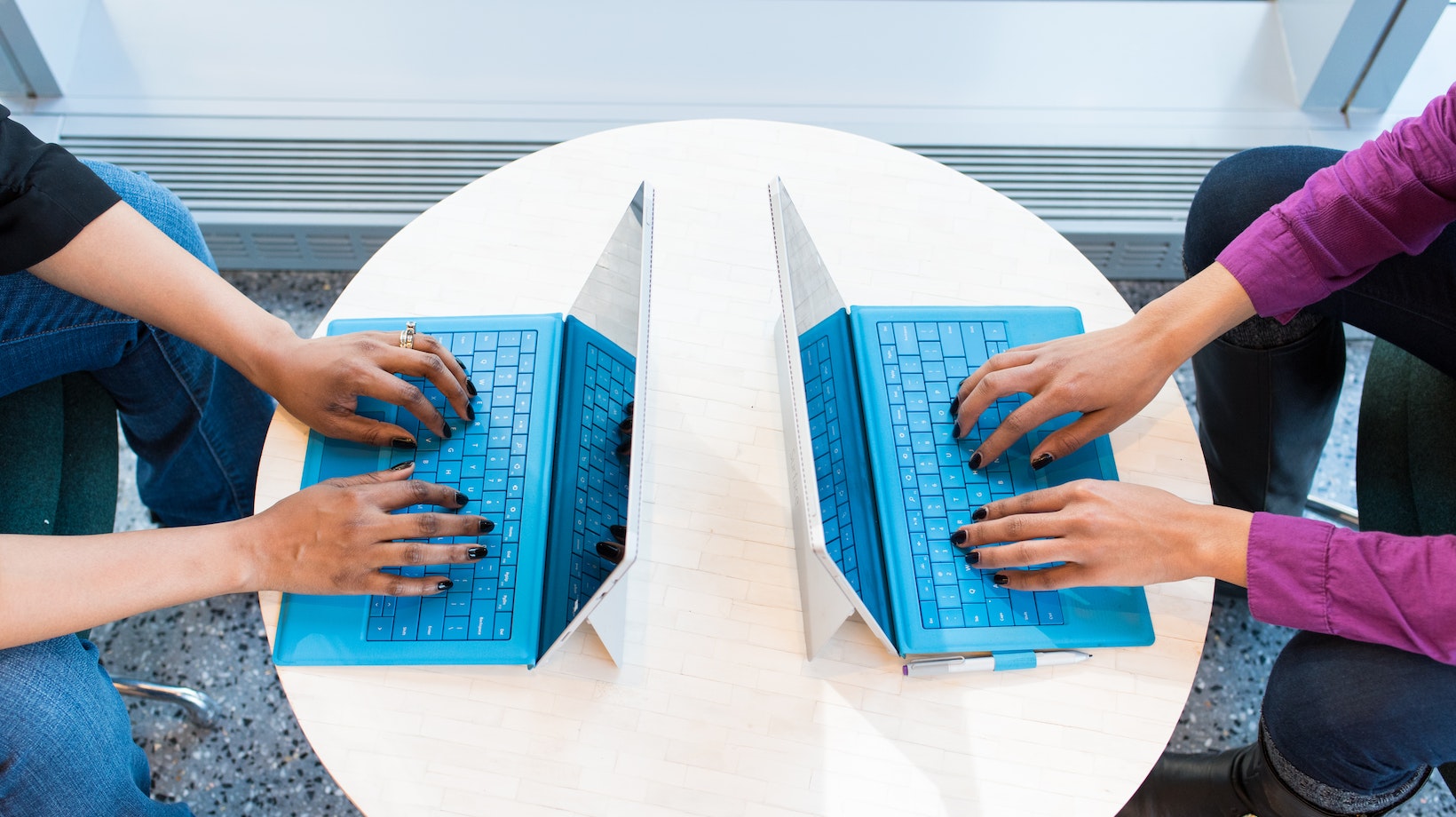Changing the background color in Adobe Illustrator is a simple yet powerful way to enhance your designs. Whether you’re looking to create a vibrant backdrop for your artwork or want to experiment with different color schemes, Illustrator provides the tools you need to make these adjustments effortlessly.
To change the background color in Illustrator, start by selecting the Artboard tool from the toolbar on the left side of the screen. Next, click on the artboard you wish to modify. With the artboard selected, navigate to the Control panel at the top of the screen and locate the “Fill” option. Clicking on this option will open a color picker where you can choose a new background color.
Table of Contents
ToggleSelecting the Color Mode
Color mode determines how colors are represented within your artwork. There are two primary color modes used in Illustrator: RGB (Red Green Blue) and CMYK (Cyan Magenta Yellow Black).
RGB is ideal for designs intended for screen display such as web graphics or digital illustrations. It uses additive color mixing and provides a wider range of vibrant colors.
On the other hand, CMYK is suitable for designs that will be printed using ink-based processes like offset or digital printing. It uses subtractive color mixing and represents colors using cyan, magenta, yellow, and black inks.
To select a color mode in Illustrator, navigate to File > Document Color Mode within either a new or existing document. Choose the appropriate color mode based on your project’s intended output.
Choosing the Artboard Tool
When it comes to changing the background color in Adobe Illustrator, one of the first steps is to navigate to the Artboard panel. To begin, you’ll need to select the Artboard Tool from the toolbar on the left side of your workspace. It’s represented by a square icon with a diagonal line across it.

Finding the Artboard Panel
To access more advanced options for altering your artboards’ properties such as changing their background color, locating and opening the Artboard panel is crucial. You can find this panel by navigating to “Window” in Illustrator’s top menu bar and selecting “Artboards” from the drop-down list that appears.
By clicking on “Artboards,” a panel will appear on your screen containing various settings related to artboards. Here, you’ll be able to tweak specific attributes such as name, position, size, and yes – even change that elusive background color.
Preparing the Document
Open your Illustrator file and ensure that you have all the necessary layers organized. It’s crucial to have a separate layer for your background if you want to change its color independently.
To create a new layer, go to the Layers panel (Window > Layers) and click on the “New Layer” button at the bottom of the panel. Name this layer something like “Background” or “BG.” By keeping your layers organized, you’ll have more control over different elements in your design.
Accessing the Background Layer
To select a specific layer, simply click on it in the Layers panel. To select the background layer specifically, find its name in the Layers panel and click on it once. You should see a highlight around that particular layer indicating that it’s selected. If you can’t find a dedicated background layer, double-check if there is another name associated with what appears to be your background element.
How to Change the Background Color in Illustrator
With our desired background layer selected, we can now proceed to change its color. There are multiple ways to achieve this in Illustrator:
- Using Swatches: In Illustrator’s toolbar or Swatches panel (Window > Swatches), choose a swatch color by clicking on it once. The selected swatch will become your new background color.
- Using Color Picker: With your desired shape tool selected (e.g., Rectangle Tool), right-click anywhere on your canvas and choose “Fill” from the context menu. A Color Picker window will appear where you can pick any color you desire for your background.
- Using Appearance Panel: If you want to apply more advanced effects or gradients to your background, you can utilize the Appearance panel (Window > Appearance). Select your desired background layer and experiment with different fill options available in the panel.
Remember, changing the background color using any of these methods is non-destructive, meaning you can easily revert back to the original color or make further adjustments as needed.
That’s it! You’ve successfully learned how to select the desired background layer in Illustrator and change its color. With this newfound knowledge, let your creativity flow and create stunning designs with customized backgrounds that truly make your artwork stand out.






